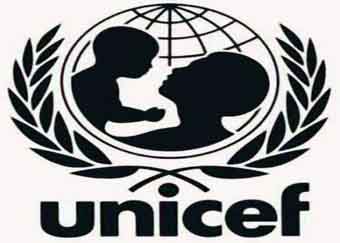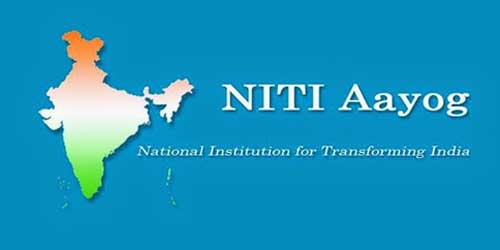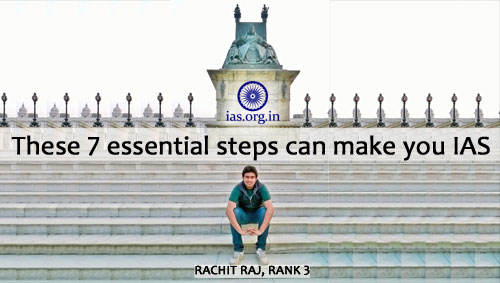United Nations International Children’s Emergency Fund (UNICEF) is a United Nations Program headquartered in New York City that provides long-term humanitarian and developmental assistance to children and mothers in developing countries. It is one of the members of the United Nations Development Group and its Executive Committee.
UNICEF was created by the United Nations General Assembly on December 11, 1946, to provide emergency food and healthcare to children in countries that had been devastated by World War II. In 1953, UNICEF became a permanent part of the United Nations System and its name was shortened from the original United Nations International Children’s Emergency Fund.
Must Read: United Nations Educational Scientific and Cultural Organisation (UNESCO)
Objective of United Nations International Children’s Emergency Fund
The main objective of UNICEF is to look after children’s welfare especially in developing countries by providing people with low cost community-based services in maternal and child-health, nutrition and immunization, etc.
United Nations International Children’s Emergency Fund is present in 191 countries and territories around the world. UNICEF designated in 1979 as the “Year of the Child”.
In the United States, Canada and some other countries, UNICEF is known for its “Trick-Or-Treat for UNICEF” program in which children collect money for United Nations International Children’s Emergency Fund from the houses they trick-or-treat on Halloween night, sometimes instead of candy.
Also Read: The International Telecommunication Union (ITU)
UNICEF’s Programmes in India
- Health
- Nutrition
- Water, Environment & Sanitation
- HIV/AIDS
- Education
- Child Protection.
During the 1980s, United Nations International Children’s Emergency Fund assisted the U.N. Commission on Human Rights in the drafting of the Convention on the Rights of the Child. After its introduction to the U.N. General Assembly in 1989, the Convention on the Rights of the Child became the most widely ratified human rights treaty in history.
Also Read:
Since 1996 United Nations International Children’s Emergency Fund programs have been guided by the Convention on the Rights of the Child (1989), which affirms the right of all children to “the enjoyment of the highest attainable standard of health and to facilities for the treatment of illness and rehabilitation of health.” UNICEF’s activities are financed by both government and private contributions.
What makes United Nations International Children’s Emergency Fund unique in India is its network of 13 state offices. These enable the organisation to In the United States, Canada and some other countries, United Nations International Children’s Emergency Fund is known for its “Trick-Or-Treat for UNICEF” program in which children collect money for UNICEF from the houses they trick-or-treat on Halloween night, sometimes instead of candy. Focus attention on the poorest and most disadvantaged communities, alongside its work at the national level.
Key achievements of the UNICEF Country Programme
- Provision of water supply and sanitation to 65 per cent of schools;
- Mainstreaming of HIV/AIDS prevention education for adolescents in 75 percent of all government schools;
- Doubling in the coverage in household sanitation;
- Improved school governance and child-friendly classroom environments;
- Adoption of Integrated Management of Neonatal and Childhood Illnesses (IMNCI) as a key strategy for child health






